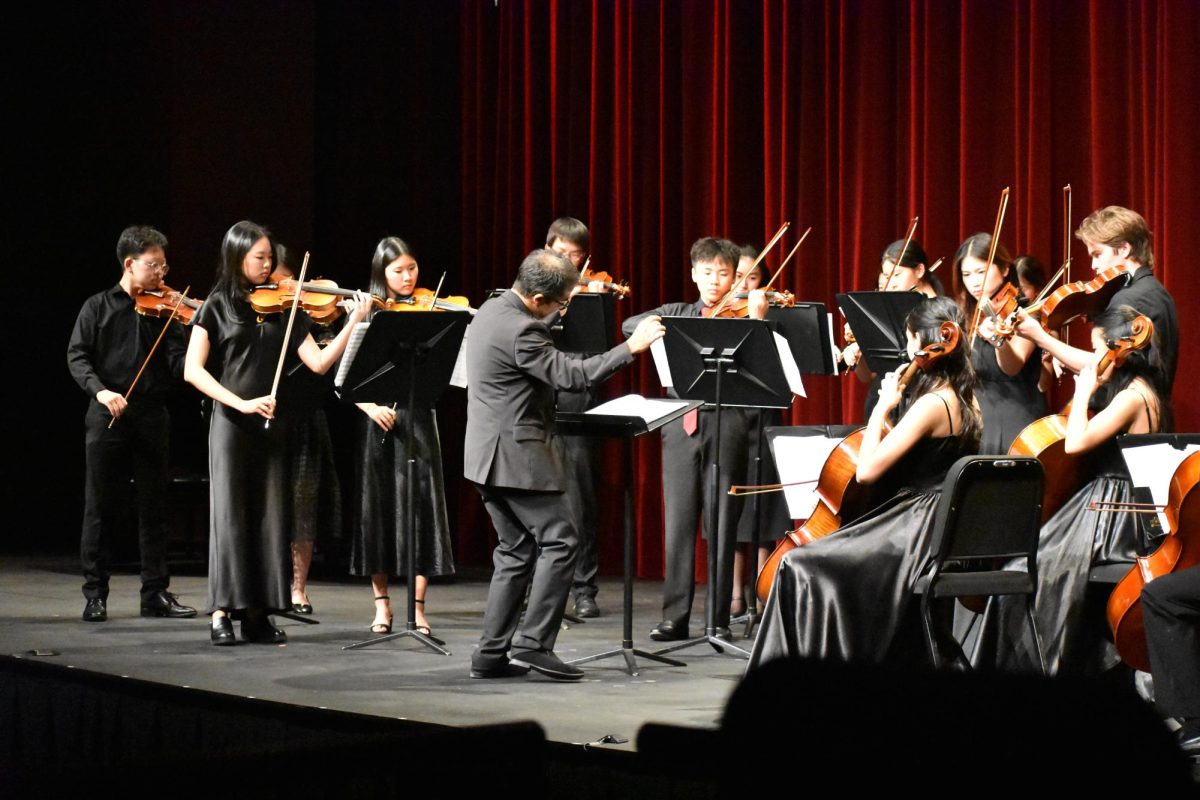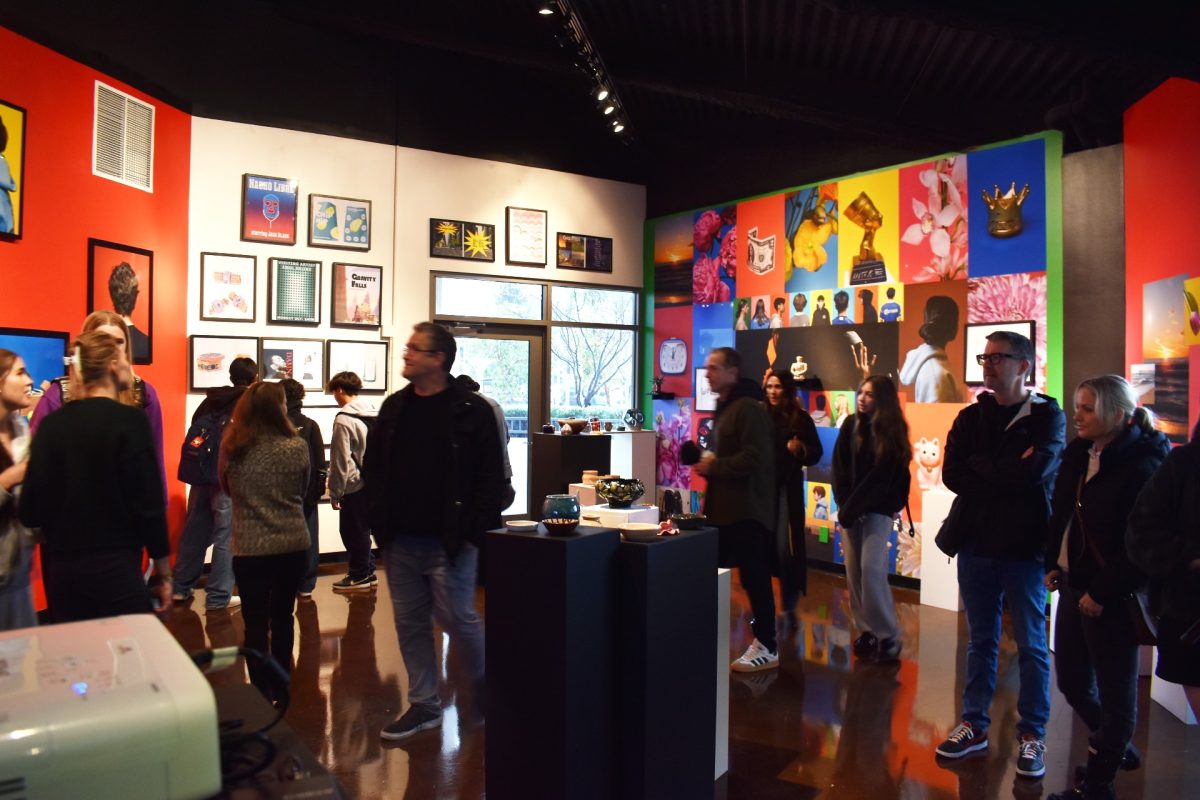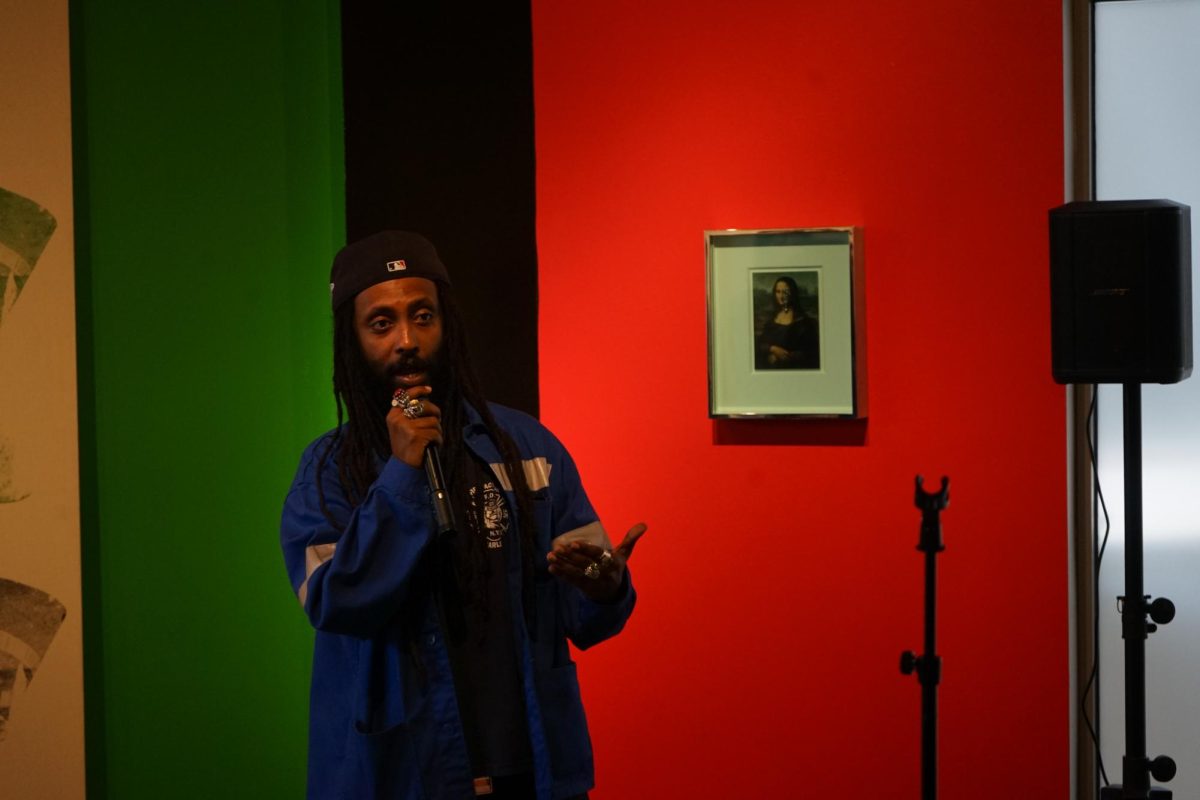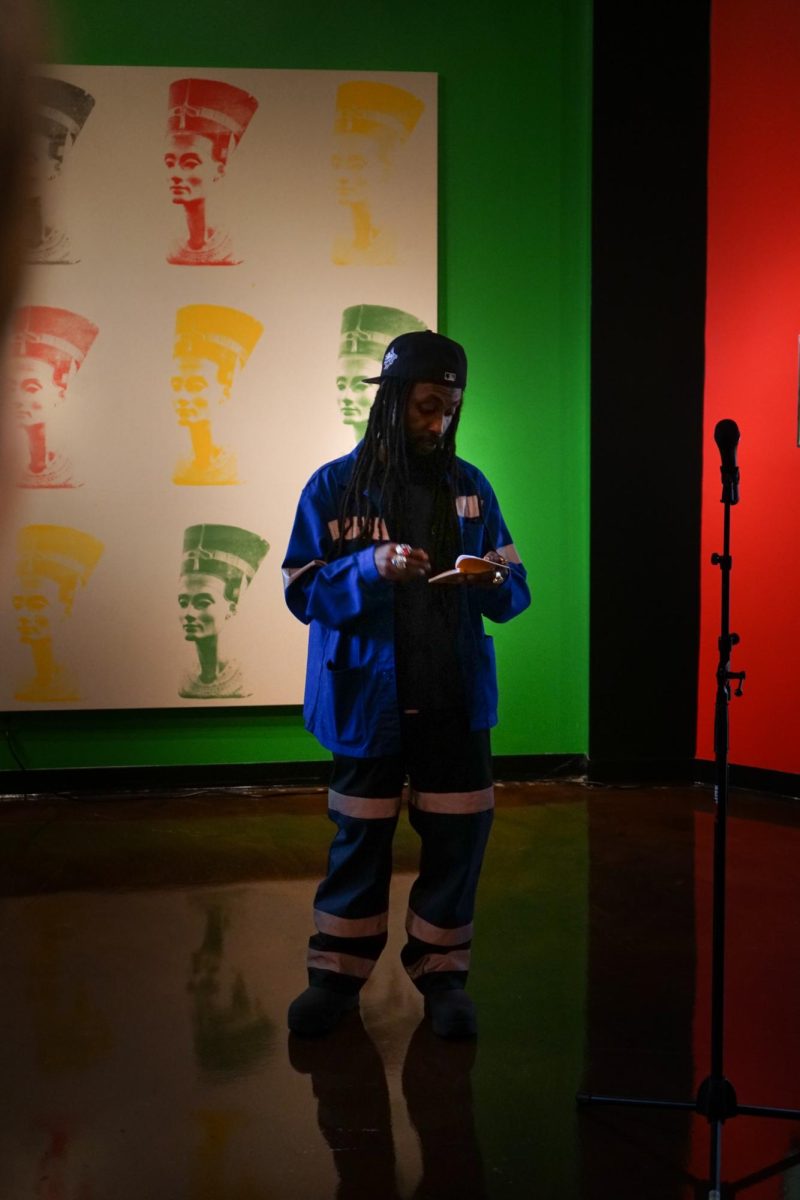I went to see Ballet Folklorico Universidad De Colima’s Patria Grande (Big Homeland), a ballet celebrating Mexican culture and heritage, on Friday, May 3. Directed by Juan Carlos Gaytan Rodriguez, the show was composed of nine different sections, each with different variations of Mexican folk dance; the four sections in the first half featured stories and songs that told narratives important to Mexican culture, while the five sections in the second half highlighted the different styles of both dance and costuming in multiple regions of Mexico. Although the contents of the show and the dancers were exquisite, the ballet was a bit hard to follow.
The first half of the show featured four dance numbers: “Perro de Fuego,” “Mananitas,” “Jaraberos de Nochistlan” and “Corrido de Rosita Alvarez.” These traditional stories and songs each symbolized a different aspect of Mexican culture and were specifically selected because of their significance to Mexican civilization.
In the second half, the ballet pays tribute to various regions in Mexico, including Colima, Veracruz and Jalisco. Out of the various music styles in diverse Colima, this section features a style of music called “son,” which is a synthesis of the cultural values of different groups. Like Colima, Veracruz and Jalisco are full of color and festive. The costuming in this act of the ballet was important because it emphasized diversity in Mexico, which consists of thirty-two states, each carrying its own style of music and costuming.
The different styles represented in the ballet made the audience clear about what region the dance was portraying. For example, the region of Jalisco featured rainbow dresses in vibrant colors while the region of Colima featured white shirts and white pants.
The show also featured live music and musicians who were abundantly talented, with some even able to play multiple instruments and sing concurrently. Similarly, each section featured different instruments, such as violin, guitar, conch, drums and more.
However, the audience was not informed of the format of the show prior to the dances, making some confused about the plot. There was a brief introduction before each section, but the woman introducing them had a strong accent, which made it difficult for many audience members to decipher what she said.
Moreover, the program contained nothing to help the audience truly understand the acts performed on the stage; it merely stated the achievements of the company. In the future, I believe that the company should work on helping non-Spanish speakers understand what is happening.
After watching the show, I learned more about Mexico’s diversity and about the multiple stories and regions that exist in Mexico. Although I was a bit lost in the middle because there was no explanation of the show’s structure, I would definitely recommend this ballet for others to see because their dancing, costuming and music is beautiful. Overall, Patria Grande is a beautiful show and overview of Mexican heritage.





